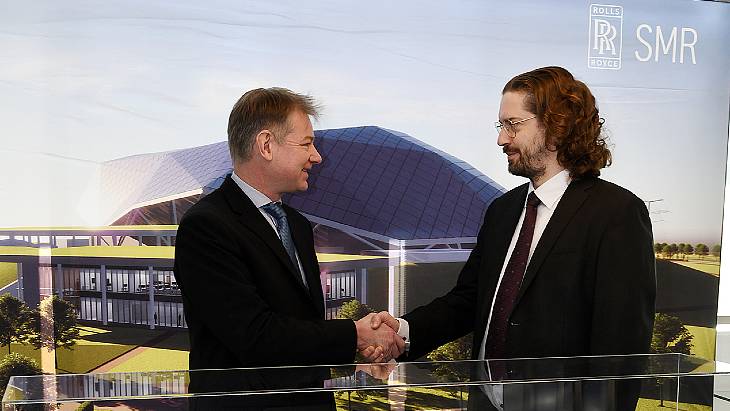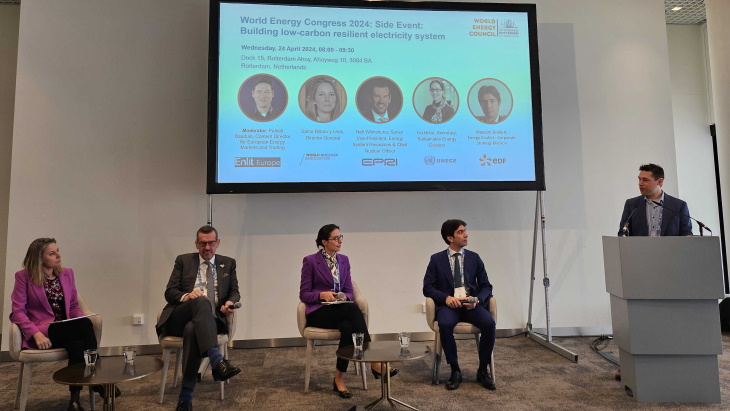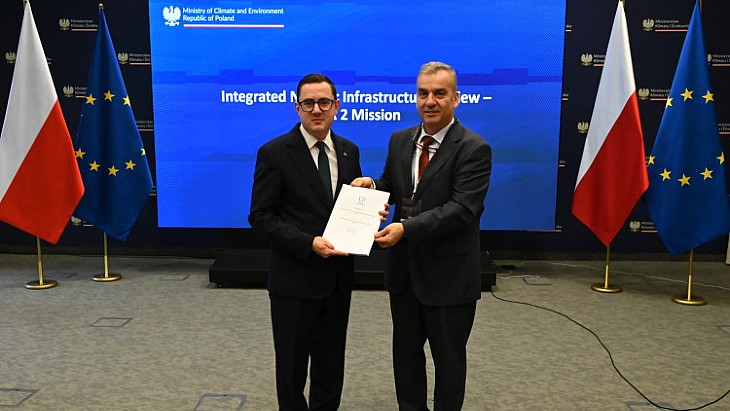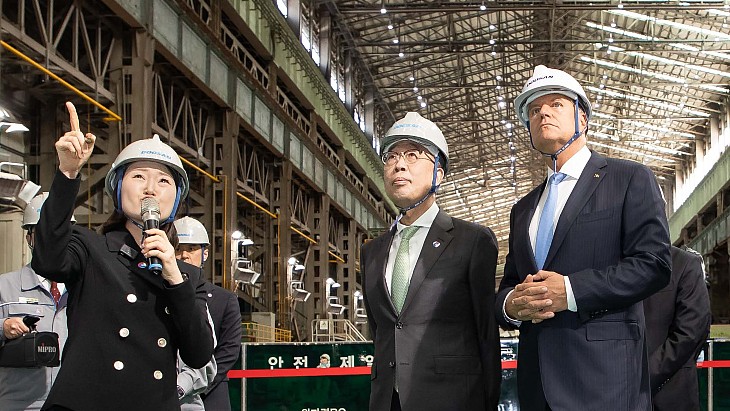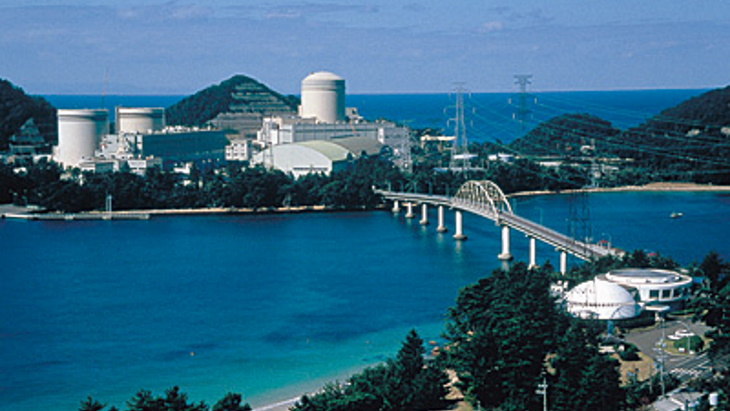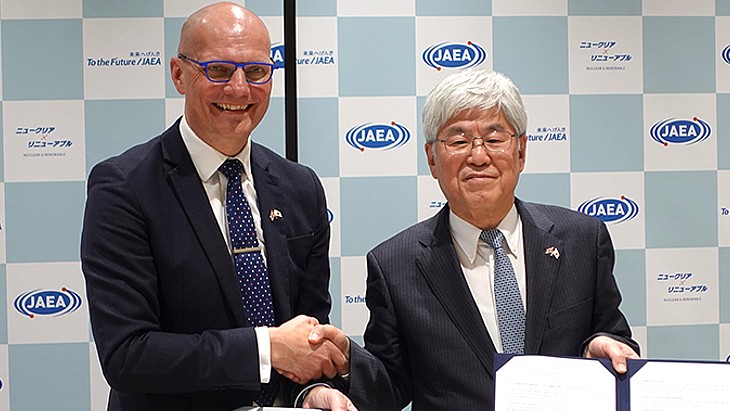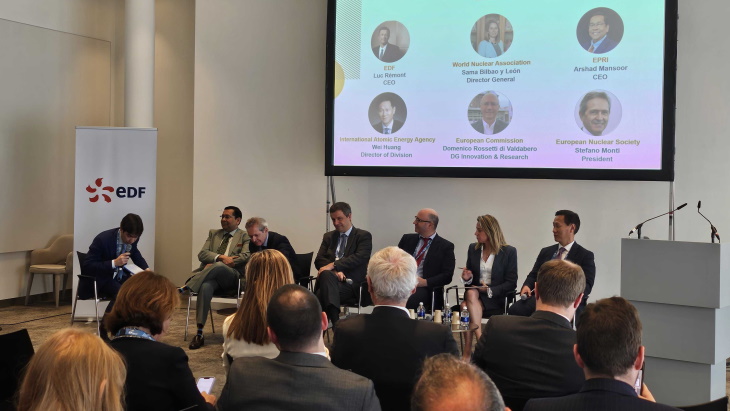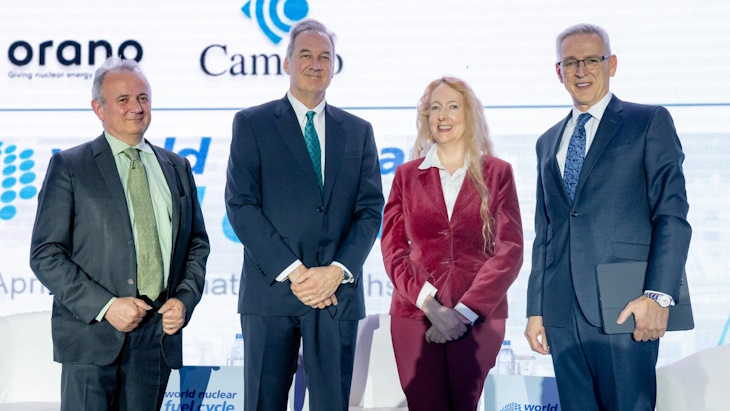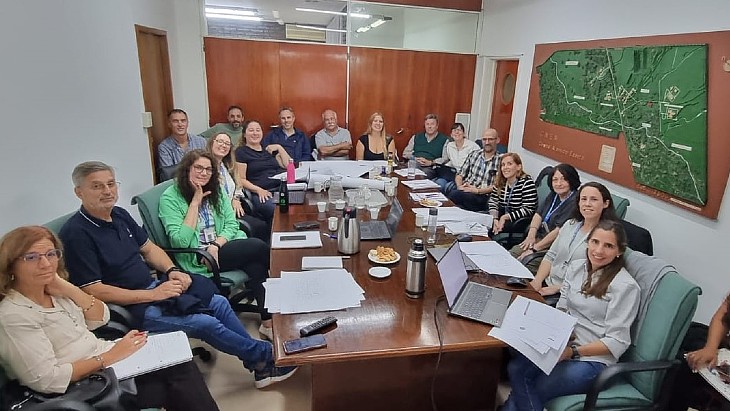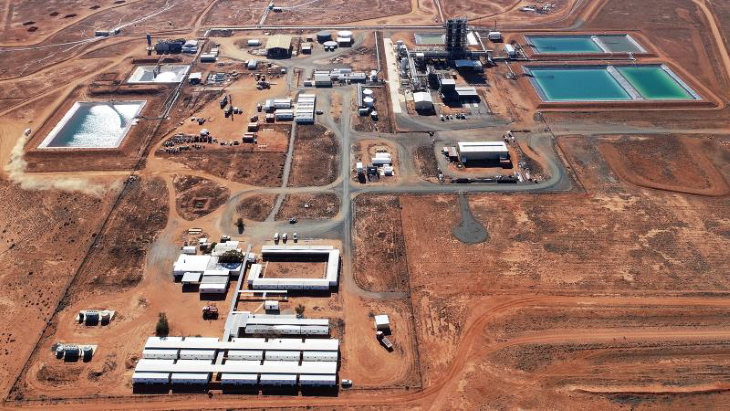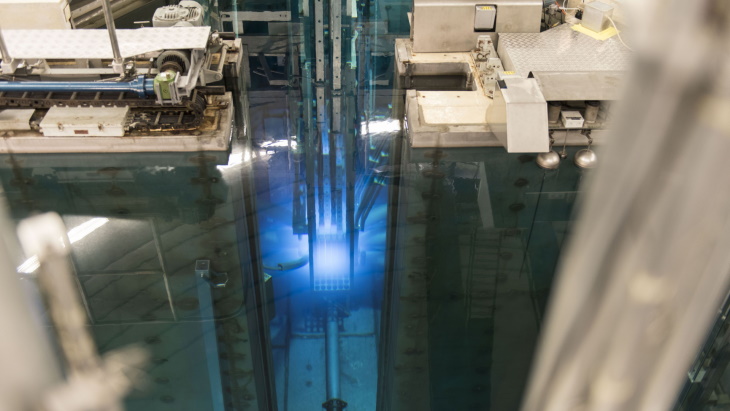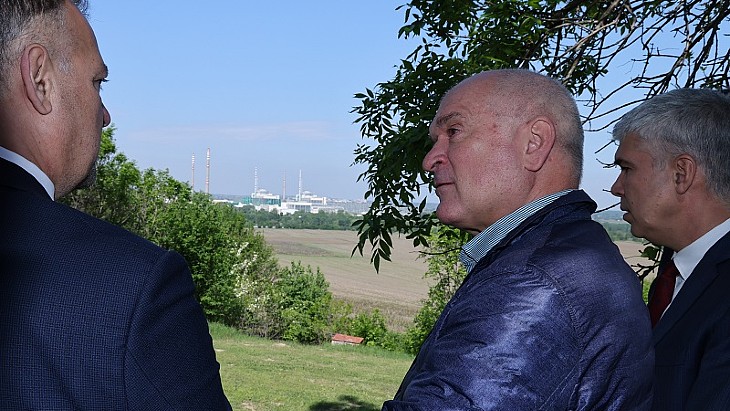Source: https://www.world-nuclear-news.org/Articles/Fuel-cycle-players-explore-opportunities-and-chall
Meeting pledges to triple nuclear capacity by 2050 will mean opportunities for all stages of the nuclear supply chain. These opportunities - and associated challenges - were widely discussed at the World Nuclear Fuel Cycle 2024 conference which took place in Almaty, Kazakhstan.
The momentum for increasing political support for nuclear energy continues to build, against a backdrop of volatile geopolitics and the ongoing energy security crisis, World Nuclear Association Director General Sama Bilbao y León told delegates as she launched the conference, which took place last week. Nuclear energy was formally specified as one of the solutions to climate change in a COP agreement for the first time in December 2023, and a multinational ministerial declaration has committed to a tripling of nuclear energy capacity by 2050. The industry is pivoting to deliver these objectives, she said.
Tripling nuclear by 2050 is going to be a challenge, said World Nuclear Association Chairman Bohdan Zronek, who is chief nuclear officer of Czech nuclear power plant operator ČEZ. "We are going to need to ramp up every aspect of the nuclear value chain to meet that challenge," he added.
Alongside extending the operating lives of many existing reactors to 60 or even 80 years, this will still require the construction of about 1000GWe of new nuclear in the next 26 years. "Essentially, what we are saying is that we need to build 40 GWe of new nuclear capacity every year for the next 26 years. Doing a 'back of the envelope' calculation, this would be about twenty 1000 MWe large reactors, and seventy 300MWe SMRs, every year," he added.
"There are opportunities for growth at all levels of the value chain, starting of course for the front end of the nuclear fuel cycle," Zronek said. "We can start from the mining, then conversion, enrichment and continuing with the fuel fabrication. To meet the expectations we are going to need to expand our capabilities in these areas of the nuclear fuel cycle. This also includes making the most of innovation, and investing in new technologies and products … that are going to accelerate growth and will allow us to operate our units more effectively and safely."
Just how players in the front end of the fuel cycle are responding to this challenge was the focus for the first panel session of the conference.
Kazakhstan has some 13% of the world's uranium reserves and is responsible for the production of about 40% of the uranium, and Dastan Kosherbayev, chief commercial officer of Kazatomprom, said in his keynote speech that the joint ventures and strategic partnerships the company has established with entities from around the globe enhance Kazakhstan's stature and influence within the international uranium market place. These alliances are also part of a strategic approach to position Kazakhstan as a dependable and key supplier to the nuclear energy sector worldwide, committed to playing a pivotal role in the sustainability and reliability of the global nuclear industry, he said.
After many years dominated by low prices, the nuclear fuel industry has now entered into a "distinct and promising phase marked by a pricing environment that is much more conducive to incentivise new production", he said. Rising prices act as "a vital catalyst" to encourage the emergence of new producers in the market, and the participation and success of these newcomers are imperative for the continued growth and long-term sustainability of nuclear, he said: "Without active involvement and the subsequent expansion of new operations, the industry is at a tangible risk of encountering supply shortages."
The challenge is complex, and there is still a "shadow of uncertainty", with the current geopolitical climate a "potent reminder of the imperative need for collaborative, international initiatives aimed at striking a careful balance between the pursuit of energy security and the maintenance of geopolitical stability".
"It is imperative that we bring together our diverse array of resources, the depth of our collective expertise, and our unwavering determination to overcome the impending challenges that lie before us. The future sustainability and success of our industry hinges on our capacity to act with both decisiveness and a spirit of cooperation," Kosherbayev said.
Sustainable supplies
Chaired by Adrienne Hanly, technical lead, uranium resources and production at the International Atomic Energy Agency, the first panel focused on uranium production and market dynamics, with Cameco Vice President Marketing David Doerksen, Global Fuel Solutions Principal Clark Beyer and Orano Mining Senior Advisor Christian Polak.
Today's uranium market environment is very different from the speculative short-term supply-demand pressure that has been seen in recent years, Doerksen said, with near, mid and long-term interest in nuclear driven by global factors that are likely to be around for a long time to come. This growth of durable demand is translating to a growth in uranium requirements with utilities increasing looking to cover long-term demand, he said. The challenge is ensuring that there will be sufficient uranium production: by the early to mid-2030s, all sources of current uranium supply will not be adequate to meet requirements, he said.
"There is not an issue that there is not enough uranium [resources] - there is ample uranium," he said. "The challenge is that uranium is going to be still in the ground" and will require time - and investment - to get it into the fuel cycle.
For the last two decades uranium trade has been able mostly to flow openly around the globe. But with some countries now turning away from Russian uranium supplies with others "actively supporting" Russian supply, Beyer asked if the world is now facing a return to a bifurcated uranium market. Two years on from the start of the war in Ukraine, the possibility of sanctions against Russian uranium remains an open question, he said, with - as yet - no formal decisions from either the US or EU on the matter. However, US utilities are looking to insulate themselves from the risk of possible sanctions. This could be of particular significance for the enrichment and conversion markets in the long term.
The main challenges and opportunities around a bifurcated market are likely to centre on building capacity, he said. This is also a great opportunity for emerging uranium developers that are now coming back into play, he said.
Orano has uranium assets worldwide, but Polak focused on the company's assets in Kazakhstan, Mongolia and Uzbekistan. The KATCO joint venture with Kazatomprom has produced more than 50,000 tU since 2006, and production is expected to begin at the South Tortkuduk mining site - the third developed by KATCO at the Muyunkun deposit - this year. In Mongolia, the Zuuvch Ovoo joint venture is targeting production in 2028 following on from a successful in-situ leach pilot test in 2021-2022, while feasibility studies are taking place this year at its Nurlikum joint venture with Navoiyuran in Uzbekistan.
Technological innovations are critical in the mining sector, the panellists agreed, with Polak outlining the Surface Access Borehole Resource Extraction - SABRE - mining method which Orano Canada Inc and Denison Mines Corp said in January will be used in the restart of mining operations at the McClean Lake property in Canada. Hanly asked the panellists how mining companies could - or should - invest in R&D to support technological advances to help unlock future resources, as well as investing in exploration.
Technological advances are critical in the mining sector, Doerksen agreed, noting that Cameco develops works collaboratively with Canadian institutions as well as carrying out its own development activities. Beyer noted that expenditure on exploration is very closely related to spot price. With higher prices there is a greater economic incentive for exploration, he said - but challenges still exist in getting the uranium out of the ground.
Price considerations have not stopped Orano from continuing exploration over the last ten years, Polak said. Cameco too remains "very interested" in exploration, Doerksen said. Meeting the challenge of tripling nuclear capacity by 2050 "is not out of the realms of possibility as far as production goes", he said, but front end fuel-cycle activities will need to accelerate as nuclear new build accelerates over the coming decades.
WNFC 2024, co-organised by the Nuclear Energy Institute and World Nuclear Association, took place from 16-18 April.
